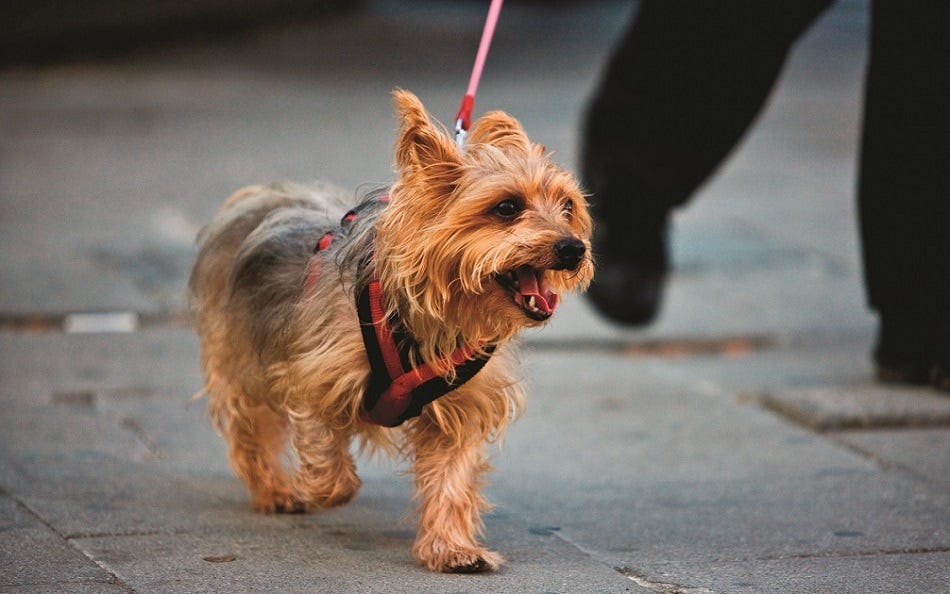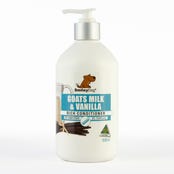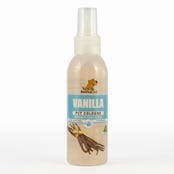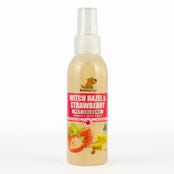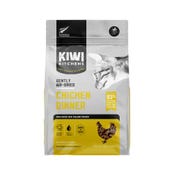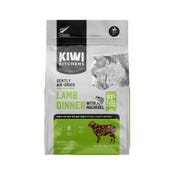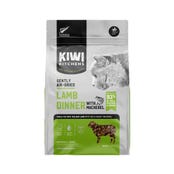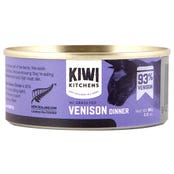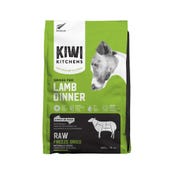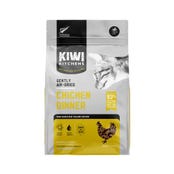Whether it’s exploring new places together, or simply doing a lap around the block to unwind after a stressful day, spending quality time out in the fresh air with your puppy is one of the joys your furry friend brings! However, for some owners, it isn’t always calm – there’s no quicker way to derail a stroll than taking a pup who won’t stop pulling on their leash!
As a new puppy parent, you will need plenty of time and patience to teach your pup important lessons and skills they’ll carry through their entire lives. While walking is a favourite activity, many new owners are surprised to learn how tough it is to get their pup to walk on a leash. Some puppies will get it straight away – others may need a little more time. Just remember that lead training for puppies takes plenty of patience and positive reinforcement!
Before you get started
Before you hit the pavement with your pooch, it’s important to get them familiar with their new collar and lead. Try to introduce these items as soon as they get home. Before you put them on, let your pup have a sniff – for them, it’s a new toy! Once they familiarise themselves with it, the novelty will soon wear off and they’ll be much calmer.
Introduce them to their collar
Once they're calm, slip the collar on. You should leave a two-finger gap between it and your puppy’s neck. Any looser and they can easily slip it off – any tighter and the collar will feel constricting, making them want to get free. Leave the collar on for a few minutes and then take it off. Repeat this process and keep building on it!
Add the leash
Once your puppy is happy and comfortable with their collar, it’s time to add the leash. Clip the puppy leash onto their collar and let them get used to the feeling. If they want to drag the leash around, let them. As with their collar, take the leash after a few minutes and repeat the process. You may want to look into a specific puppy training lead. This will give your pup a little more freedom, while still giving you control of what they’re doing.
How to leash train a puppy
The best place to start teaching a puppy to walk on lead is in the backyard! Here, they don’t have as many distractions as they would out at the park or around the neighborhood.
Start out slow. Let the leash drop, stand on the other side of your yard and encourage your puppy to walk to you while their lead is attached. You can also try and entice them into moving with a tasty snack.
Once they're comfortable doing that, pick up the leash and walk them around the yard. The trick to getting them comfortable walking on a leash is to not drag, pull or force them along. If your puppy starts to pull, simply stand still and wait for them to calm down, and then start again.
Once your pup gets more comfortable, it’s time to take them outside into the wider world. Make sure they've completed their vaccination schedule before you take them to the local oval, park or for a walk around the block. Remember that your pup will be encountering new smells and things, so take it slow and be patient.
How to stop a puppy from pulling on the leash
Pulling is just one bad habit that pups can get into – but it’s the most common. If your pup is pulling on their lead, they’re likely excited and just can’t wait to explore their world. Follow these simple steps for puppy leash training to stop pulling in its tracks.
- Keep them on a short leash and instruct with a simple command like “walk”.
- When they walk well, loosen the lead and reward them with praise and treats.
- If they start to pull, stop walking until they're calm.
- Do not yank or pull the leash, and don’t drag them to you. This will only stress them even more.
When to start training your puppy
Puppy training in your backyard can begin as soon as they come home – normally around 8 weeks old. Make sure they’re fully vaccinated before you take them out into the wider world. It’s important to keep training sessions short. A maximum of 10 minutes, while they’re young, is enough time to slowly begin training, while keeping their attention on you!
How long does it take to leash train a puppy?
Leash training a puppy should start in the first few weeks that you bring them home. If you start young, your pup should learn proper walking etiquette in about 4 to 6 weeks. However, all dogs are different and some may pick it up faster than others. If you notice that your doggo isn’t making any improvements over time, then you can always enrol them in puppy school. Here, you can get an extra helping hand teaching your pup valuable walking skills.
No matter what point you’re starting from, remember to stay patient and reward your pup with plenty of love and treats. Once you get this vital skill down pat, you and your furry friend will be set for a lifetime of calm, stress-free walks!
FAQ:
How to get a puppy to stop biting their leash?
It’s important to understand why your dog is biting in the first place. Is he frustrated and seeing the leash as a barrier to his freedom? Is he bored? If you’ve provided entertainment and given them loose leash to run with, and they’re still biting, then the most effective way to stop the behaviour is with the “drop it” or “leave it” command.
Why does my puppy not walk on a leash?
There are a few reasons why your pup may not be walking. If they haven’t been properly leash trained, then the sight, smell and feel of the leash and collar might be scaring them. They may also be overwhelmed by external stimuli in the environment around them. Instead of being excited, they may be freezing up.
Is it better to use a harness or collar?
A collar can be great for dogs that don’t pull or have respiratory issues – especially if they’re wearing them for a long period of time. A harness typically isn’t recommended for all-day use, however it can be great for walks. You might find that hard-to-walk dogs learn better in a harness, and they’re a great training tool to help pups learn to behave on leash.



